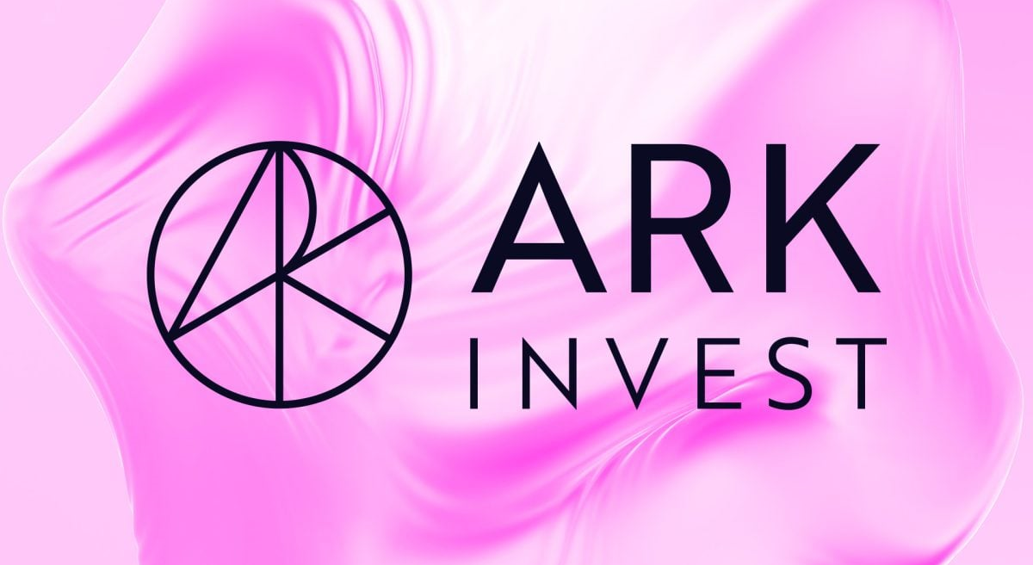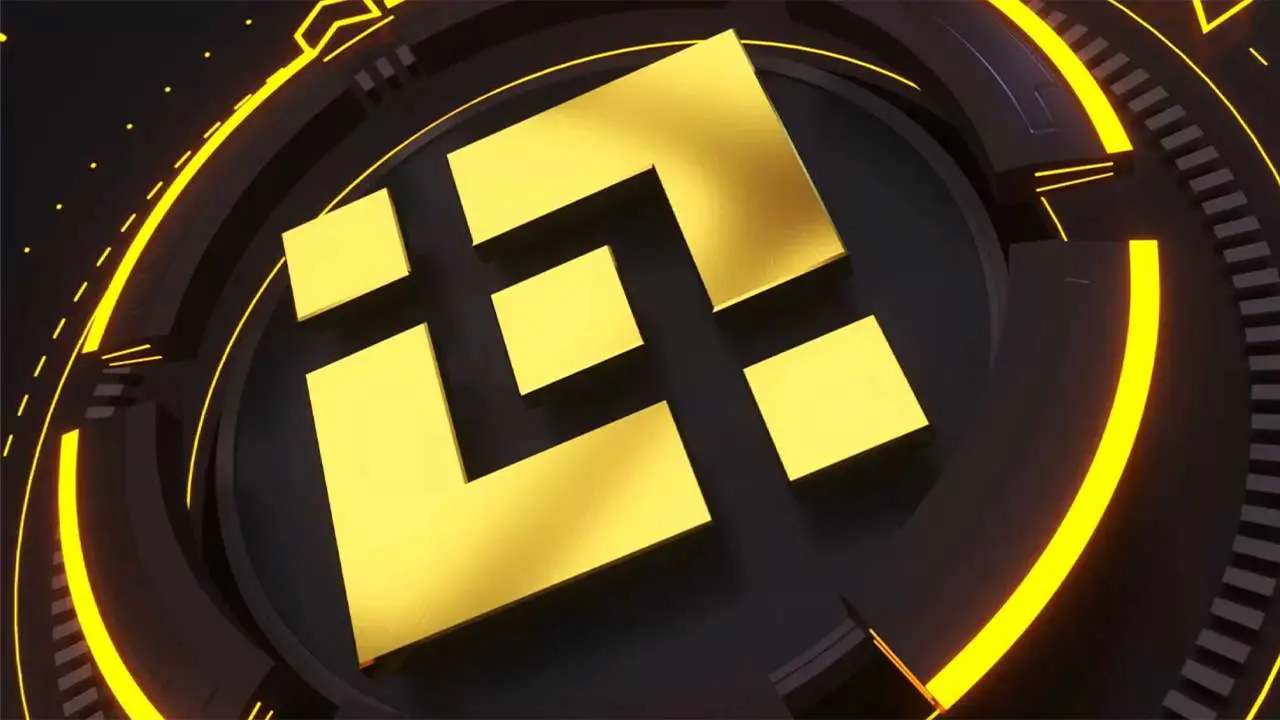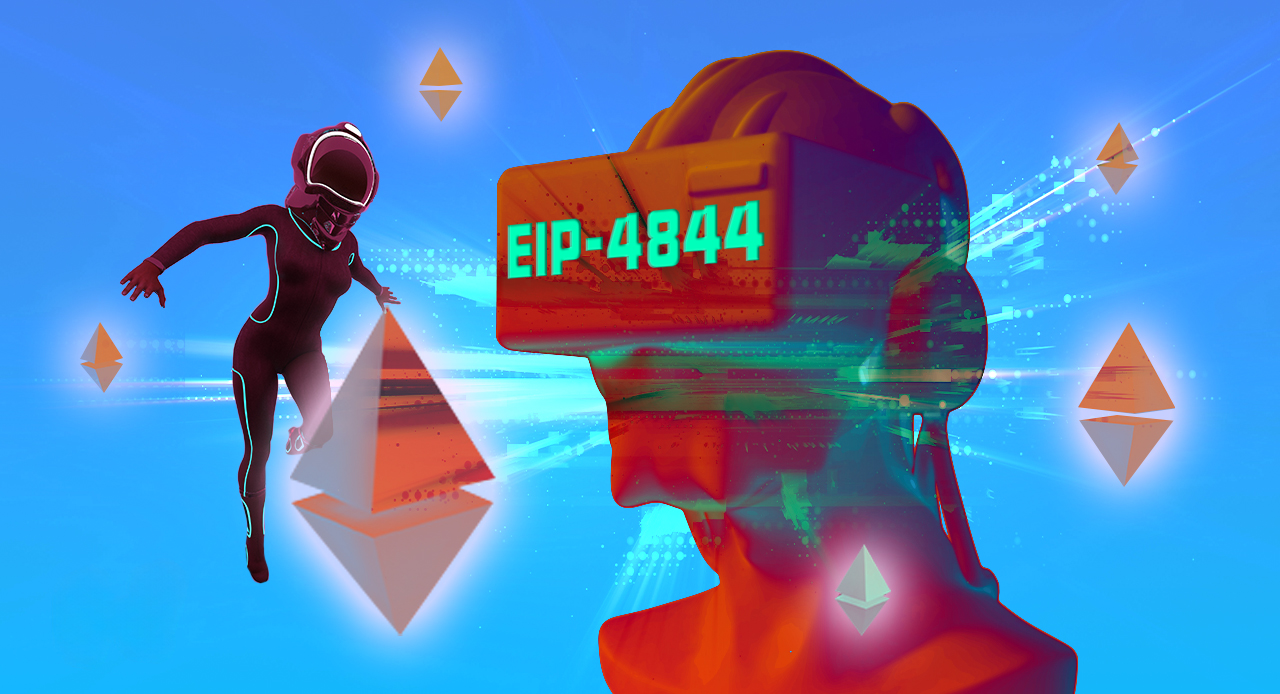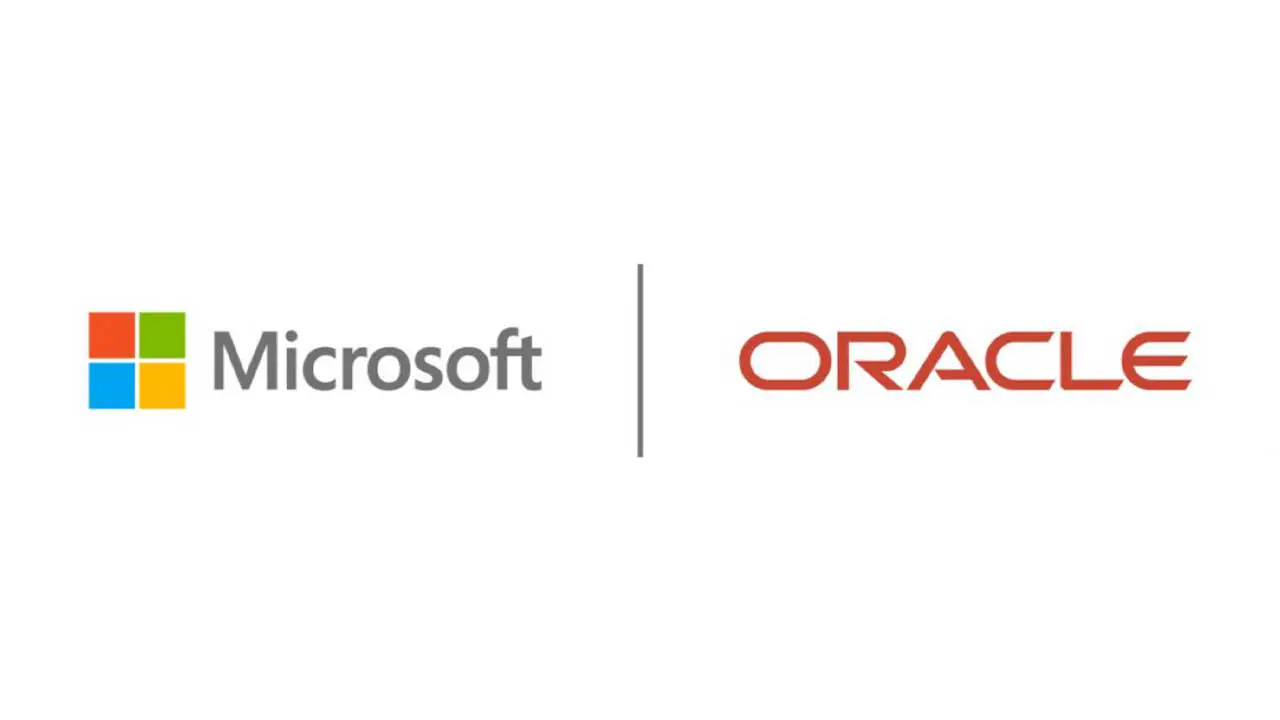9 protocols simultaneously criticize LayerZero’s new bridge token wstETH

[ad_1]
I thought that the new bridge token would receive positive feedback from the community, but who would have thought that LayerZero’s wstETH would receive “comprehensive criticism.”
On October 26, LayerZero officially launched a bridge version of stETH called Wrapped Staked Ether (wstETH) on BNB Chain, Avalanche and Scroll. Previously, stETH was not available on these three networks.
Regarding the new bridge token, LayerZero stated: “Extending access to stETH through wstETH to these chains will allow their respective DeFi ecosystems to grow while supporting Lido’s desire to scale the chain.”
.@LidoFinancewstETH is now available OFT @BNBC chain, @Scroll_ZKP and @avax. 🚀 pic.twitter.com/LV2LjaxXaG
— LayerZero Labs (@LayerZero_Labs) October 25, 2023
Soon after, however, Lido DAO warned users to be careful because wstETH is not standard and has not been audited or certified by Lido DAO.
A bridge has been deployed to bring wstETH to Avalanche, BNB and Scroll, powered by @LayerZero_Labs.
Please note that this bridge is not canonical and has not been reviewed or endorsed by Lido DAO.
Please use extreme caution if you choose to interact with the bridge.
— Lido (@LidoFinance) October 26, 2023
As of October 27, nine protocols in the Ethereum ecosystem, including Connext, Chainsafe, Sygma, LiFi, Socket, Hashi, Across, Celer and Router, have criticized LayerZero’s new bridge token wstETH.
9 protocols consider wstETH tokens to be proprietary, limiting the freedom of token issuers. Additionally, bad actors could abuse OFT’s minting and writing capabilities, resulting in wstETH.
As we all know, wstETH tokens are issued as full-chain fungible tokens (OFT). OFT is the common name for project tokens that apply LayerZero’s full-chain infrastructure.
These protocols tend to use the xERC-20 token standard to bridge stETH, rather than using LayerZero’s new token.
Today, we issue a unified call
open bridge standard
next to. next to @cross-protocol @CelerNetwork @ChainSafeth @buildwithsygma @lifiprotocol @SocketDotTech @routerprotocol and @hashialliance pic.twitter.com/D4CLw2lBD1— Connext (@ConnextNetwork) October 27, 2023
In addition, wstETH has received many mixed opinions from the community. Some say the new token may cause security issues: “Layer Zero is a hyper-centralized option that will expose Ethereum’s main protocol to unprecedented disaster.”
Additionally, some community members expressed dissatisfaction with Scroll’s inclusion in the wstETH support network.
In response, LayerZero removed Scroll from the network supporting wstETH. Furthermore, they claim that wstETH’s protocol is secure and decentralized.
On the LayerZero side, this is a protocol that provides cross-chain infrastructure that supports many decentralized applications (Dapps) on a multi-chain interoperable blockchain (Omnichain).
In April, LayerZero successfully raised more than $120 million. Using the funds, the protocol plans to build more cross-chain functionality in the Web3 ecosystem and work with Radix to bring cross-chain functionality to the Radix Babylon network.
VIC encryption compilation
related news:
![]() FTX exchange files lawsuit against LayerZero
FTX exchange files lawsuit against LayerZero
![]() There are many suspicious transactions between LayerZero and ZRO tokens
There are many suspicious transactions between LayerZero and ZRO tokens
![]() LayerZero Labs announces four new tokens for Fantom Network to increase stability
LayerZero Labs announces four new tokens for Fantom Network to increase stability
[ad_2]
Source link





